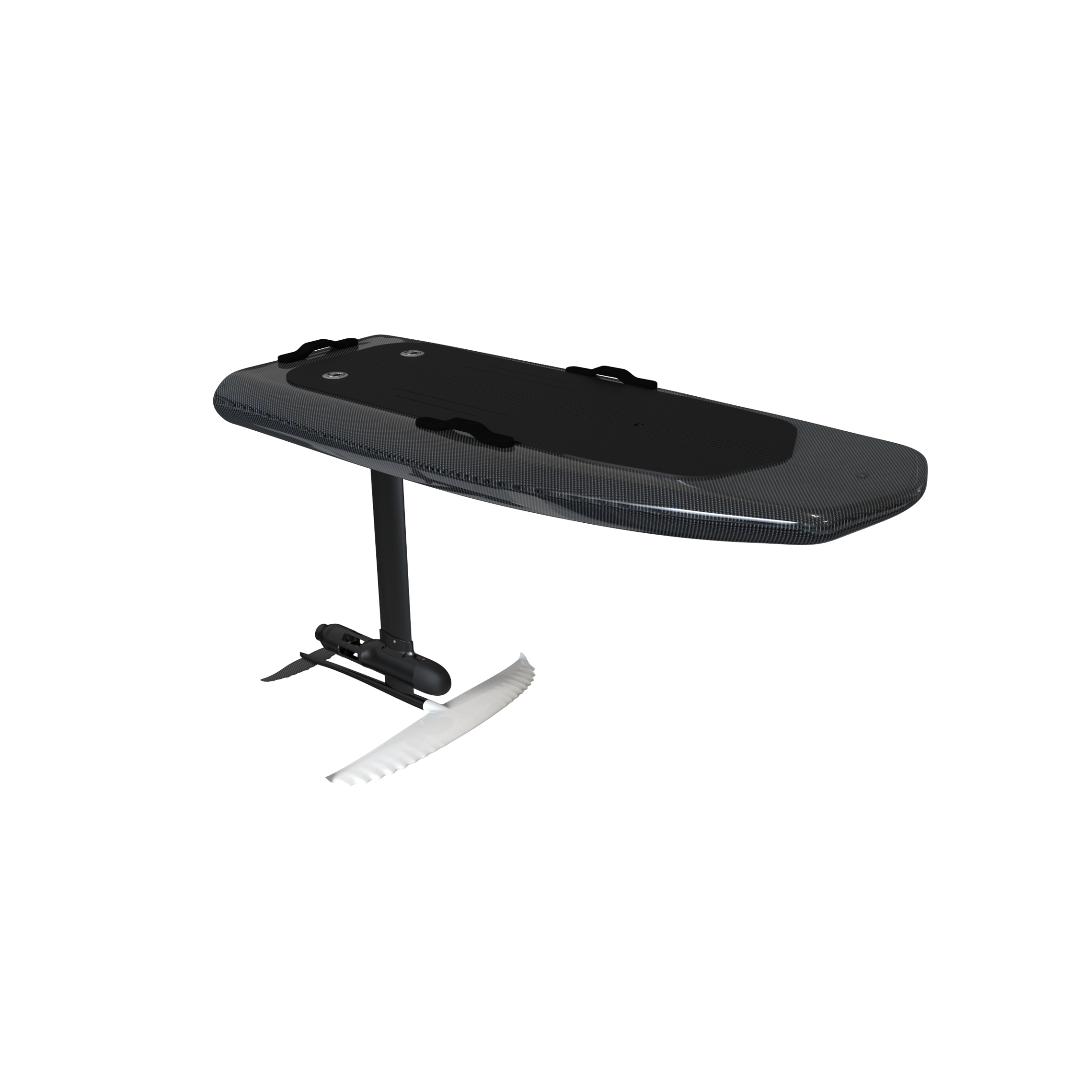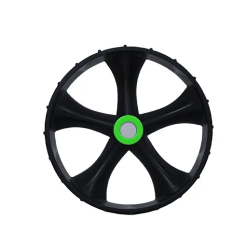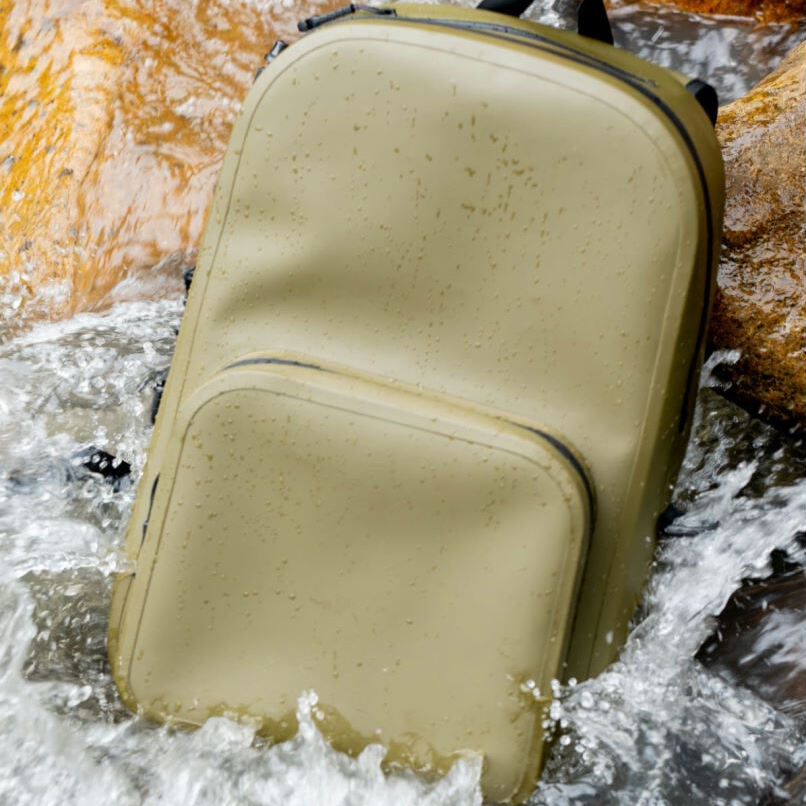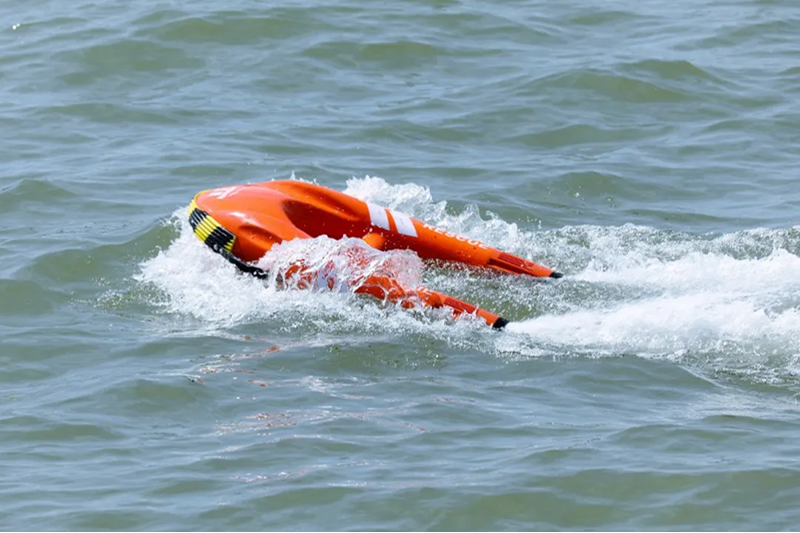Integrating Smart Technology for Real-Time Firefighting Rescue Operations
IoT Sensors and Real-Time Monitoring in Firefighting Rescue
Firefighters today are starting to use these cool IoT environmental sensors during rescue missions. They pick up on sudden temperature increases, measure dangerous gases in the air, and even sense when buildings start to shift or weaken. The best part? These gadgets work together with the building's own management system so important info gets sent straight to the people running the show at the command center. This helps them make quicker decisions about getting people out safely. Cities that've rolled out these connected fire detection networks report something pretty impressive too. According to Fire Safety Journal from last year, there was about a 40% drop in how fast situations got worse in tall buildings where these systems were installed. Makes sense really because early warning gives everyone more time to react properly.
Artificial Intelligence for Enhanced Decision-Making in Rescue Missions
AI algorithms analyze historical incident data and real-time inputs from drones to predict fire spread patterns with 92% accuracy. Machine learning models prioritize rescue targets by cross-referencing thermal imaging with building occupancy records. Leading departments using AI-powered emergency response platforms report 35% faster containment times during multi-structure incidents.
Real-Time Location Tracking of Firefighters in Hazardous Environments
Ultra-wideband (UWB) RFID tags embedded in PPE provide 30cm positioning accuracy through dense smoke. Command centers monitor vital signs and air tank levels via helmet-mounted biometric sensors, triggering automatic evacuation alerts when thresholds are breached.
3D Visualization and Vertical Positioning in Complex Building Rescues
LiDAR-equipped drones generate real-time 3D maps of collapse zones, overlaying heat signatures and oxygen concentrations across floor levels. This vertical situational awareness helps teams locate trapped civilians 68% faster compared to traditional blueprint-based methods (Urban Rescue Initiative 2023).
Next-Generation Firefighting Equipment Enhancing Responder Safety and Performance
Modern firefighting rescue operations increasingly rely on equipment innovations that protect responders while improving mission effectiveness. Three critical advancements demonstrate this progress:
Smart Helmets with Thermal Imaging and Integrated Communication
These helmet systems combine thermal cameras with augmented reality (AR) displays, projecting building layouts and hazard alerts directly onto firefighters' visors. Integrated radios maintain team connectivity even in signal-disrupted environments. A 2024 fire safety technology study found this equipment reduces search time in smoke-filled rooms by 25% compared to conventional gear.
Advanced Protective Gear and Rescue Tools for Extreme Conditions
New composite materials withstand temperatures exceeding 1,200°F while maintaining mobility through articulated joint designs. Liquid cooling systems embedded in suits extend safe operational time by 40% in flashover conditions, coupled with integrated gas sensors that detect 18+ airborne toxins.
Electric Fire Trucks: Sustainable, High-Performance Urban Rescue Solutions
Zero-emission electric fire engines deliver instant torque for rapid acceleration to emergency sites, with 500kW battery systems powering onboard rescue tools. Dual-purpose charging stations allow simultaneous equipment recharge and water tank refills, streamlining urban response workflows.
Autonomous Systems and Robotics in Modern Firefighting Rescue
Search and Rescue Robots for Hazardous and Inaccessible Environments
Robots on four legs that can navigate on their own are making big strides in disaster zones right now. They move through collapsed buildings three times quicker than people can while spotting survivors using ground shaking detectors and air quality checks. These machines keep rescue workers safer from poisonous gases and falling debris, which means we find more victims in tricky situations too. The numbers back this up – survivor detection rates jumped 87% last year according to NFPA reports. Most models come with special cameras that see both visible light and heat signatures, letting them create maps of dangerous areas inside buildings. All this information gets sent back to base camps via mesh networks so commanders have real time pictures of what's happening underground.
Drones for Aerial Surveillance, Mapping, and Emergency Supply Delivery
UAVs fitted with thermal imaging can complete full 360 degree structural checks in just over 4 or 5 minutes flat. These flying devices create instant heat maps which show ground crews exactly where the danger spots are located. Back in 2023 when those big fires were burning across California, some drones actually had air quality sensors attached to them. This setup allowed rescuers to change course on about a dozen different occasions when they spotted unexpected toxic clouds forming. There are also special versions of these drones that carry around emergency supplies weighing roughly fifteen pounds each. Inside these packages are things like oxygen masks and fire resistant blankets meant for people stuck inside buildings during emergencies.
Sonic Fire Extinguishing Technology: An Emerging Innovation
Low-frequency soundwaves (30–60 Hz) now disrupt combustion chains in electrical fires without damaging sensitive equipment. A 2023 IEEE study showed 40% faster suppression in battery storage facility blasts compared to traditional methods. While limited to enclosed spaces under 500 m², this waterless approach prevents collateral water damage in data centers and laboratories.
Immersive Training and Simulation Using AR/VR and AI for Firefighting Rescue Readiness
Virtual Reality (VR) Training Scenarios for Realistic Skill Development
Firefighters these days train with virtual reality setups to get ready for dangerous situations they might face in warehouses or tall buildings without putting anyone at actual risk. The VR systems simulate problems like poor visibility conditions, buildings falling apart, and figuring out which civilians need help first, so crews can work on making good decisions when things get intense. Fire departments that have tried VR training for wildfires saw their crews solve incidents 65% quicker after going through the program compared to before. What makes this tech really valuable is how it lets teams practice those rare but serious cases we just can't do IRL, like fighting fires at chemical plants or rescuing people stuck in subway tunnels. This kind of prep gives firefighters confidence they'd otherwise only build through years of experience.








 Hot News
Hot News
